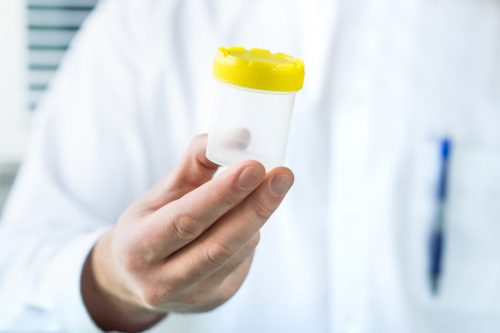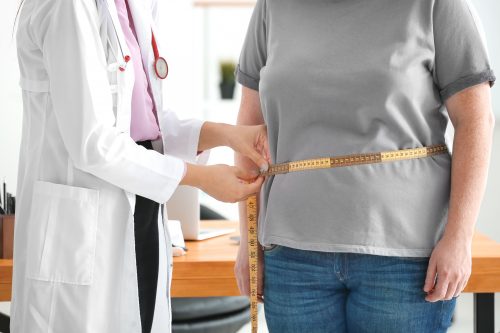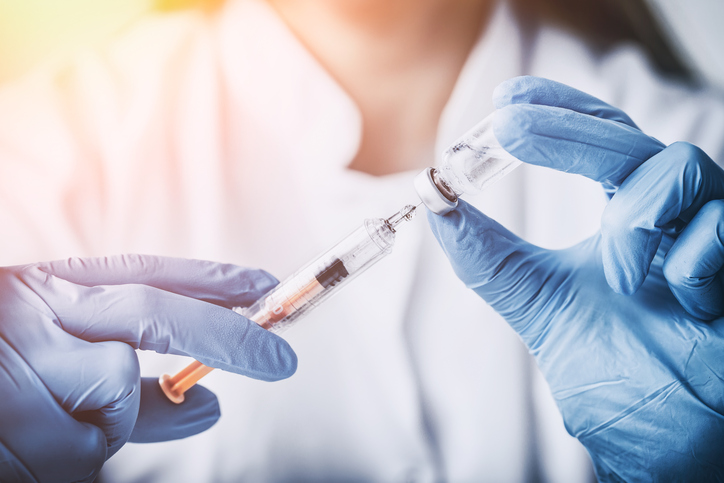
March not only brings Spring—the time to plant gardens that will reap delicious berries, mouth-watering cucumbers, crispy green beans, and more—it also marks National Nutrition Month. This is a perfect time for registered dietitians and other health professionals to promote the benefits of fruits and vegetables.
A Source of Hydration
Staying hydrated can pose a challenge to patients receiving dialysis. Eating fruits and vegetables can provide a healthy way of staying hydrated, but this benefit is often overlooked. In a recent survey of my patients, I provided a list of suggestions for controlling thirst and asked them to mark the ones they may use. Fewer than 5% of those polled chose the suggestion to increase their intake of low-potassium fruits and vegetables.
Some dialysis recipients might believe that fruits and vegetables will contribute to their fluid gains. However, an average of about 100 mL of water from foods consumed—10% of the 1,000 mL fluid restriction a dialysis patient typically follows—is removed from the body through stool each day.
In addition, consuming the right fruits and vegetables has benefits such as preventing constipation and improving appetite.
Increased Satisfaction
Eating fruits and vegetables awakens our senses. The bright colors excite our brains; the texture and crunch exercise our mouth muscles and stimulate saliva production; sensations of sweetness, spiciness, and bitterness stimulate our taste buds.
Consuming fresh produce can curb unhealthy food cravings by providing water-soluble vitamins and minerals. The more fruits and vegetables a person eats, the fewer high-sodium foods they are likely to consume. High-sodium foods harm the heart and contribute to dehydration. In addition, the phytochemicals in colorful fruits and vegetables help bolster the body’s immune system, making it stronger and less susceptible to disease.
Watch Potassium Levels and Portion Sizes
The USDA’s MyPlate graphic, illustrating the five food groups and how much of each should fill your plate, provides a simple but effective guide to healthy eating. However, people with kidney disease and those receiving dialysis have special dietary considerations. A modified version of MyPlate published in the Journal of Renal Nutrition provides additional guidance for that population.
One special concern for patients receiving dialysis patients is potassium. In general, this population should limit potassium intake to about 2,000 mg per day, although the amount may vary depending on kidney function. For instance, patients receiving peritoneal dialysis or those who dialyze more often may not need to limit potassium as strictly.
A good rule of thumb when reading nutrition labels is to look for foods in which potassium is less than 10% of the daily allowance or less than 200 mg per serving. It can also help to leach certain vegetables, such as potatoes, to reduce their potassium content. This is a method of peeling and soaking vegetables before cooking them by boiling.
Portion size is another important consideration. I once had a patient who was repeatedly hospitalized for high potassium until we realized he was eating the right things but three times the right portion. An overly large portion of watermelon, for example, can quickly increase blood potassium levels.
A standard serving of raw fruits or vegetables should be 1 cup, while ½ cup is appropriate for cooked produce. Good vegetable choices for patients with kidney disease include broccoli, brussels sprouts, bok choy, cabbage, cauliflower, celery, corn, cucumber, green beans, peas, kale, kohlrabi, leafy greens, boiled leeks, lettuce, onions, peppers, radishes, raw spinach, turnips, and water chestnuts. Fruit selections include apples, blackberries, blueberries, clementines, cranberries, cherries, grapes, lemons, limes, peaches, pears, pineapples, plums, raspberries, and strawberries. Canned peaches, pears, and fruit cocktails are also fine, if the juice is drained.
Guiding Patients to Healthier Choices
We can all play a role in helping patients make better dietary choices, including eating more fruits and vegetables. With MyPlate as a general guide and individualized advice from clinicians, they will be better equipped to eat well and manage their kidney disease.
Reference:
Proscia A. Patient education. MyPlate for healthy eating with chronic kidney disease (MyPlate education for patients with chronic kidney disease receiving hemodialysis and peritoneal dialysis treatment). J Ren Nutr. 2014;24(3):e23-e25. doi:10.1053/j.jrn.2014.02.003
The opinions expressed in this column are the contributor’s own and do not represent those of Nephrology Times.







 © 2025 Mashup Media, LLC, a Formedics Property. All Rights Reserved.
© 2025 Mashup Media, LLC, a Formedics Property. All Rights Reserved.